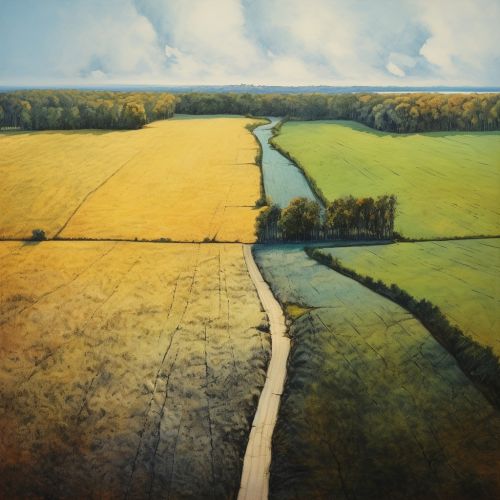Transform Boundary
Introduction
A transform boundary is a type of plate boundary where the motion is predominantly horizontal. It ends abruptly where it connects with other plate boundaries. These boundaries are commonly found on the sea floor, where they offset active spreading ridges, producing zig-zag plate margins, and are generally defined by shallow earthquakes.
Geology and Geophysics
Transform boundaries are a zone of shear stress where plates slide horizontally past each other. This motion is caused by the mantle convection currents that move the plates around the globe. The movement of these plates is tracked by GPS measurements, which can show rates of movement up to 100 mm per year.


Characteristics
Transform boundaries are characterized by their unique movement and the specific landforms they create. Unlike divergent and convergent boundaries, no new crust is created or destroyed at transform boundaries. Instead, crust is only rearranged. This can lead to the formation of distinctive features such as linear valleys, small ponds, and offset river channels.
Examples of Transform Boundaries
One of the most famous examples of a transform boundary on land is the San Andreas Fault in California. This fault line is responsible for many of California's earthquakes, as the Pacific Plate and the North American Plate slide past each other.
Another well-known transform boundary is the North Anatolian Fault in Turkey. This fault has produced several devastating earthquakes throughout history, including the 1999 İzmit earthquake which caused extensive damage and loss of life.
Impact on Human Life
Transform boundaries can have a significant impact on human life. The earthquakes that occur along these boundaries can be devastating, leading to loss of life and property. However, these zones also offer unique opportunities for scientific study, and can provide valuable information about the Earth's interior and the processes that shape our planet.
